As someone without a background in photography, film, television, or media, I often find myself mystified by the objects I deal with on a daily basis. However, I regularly come across material that no amount of expertise can prepare you for. In this series I’m going to highlight some of the weird and wonderful objects I come into contact with down here in the museum’s collection stores.
Pareidolia: Faces in the Collections
Though it may not always seem like it outside, it is still technically summer, and our summer exhibition In Your Face has been out now for a fair few weeks. I’ve had the chance to wander around it a few times, both by myself and with others, and I think it does a great job in making us question the way we perceive faces, as well as value and utilise them in our lives. From learning about our own expressions, to how we present ourselves, and even how we make judgments about other people from their faces I think the exhibition really opens up a topic that we take for granted.
To coincide with In Your Face I thought I would take the concept of Pareidolia; where the mind interprets a familiar pattern, often a face, and apply it to our collections. In the exhibition we demonstrate this through a series of images of clouds that look like faces, picked out by facial recognition software. I think this effect is particularly easy to see in things like cameras, since the glass in the lenses is reminiscent of eyes. Here are some examples I found in our collection:


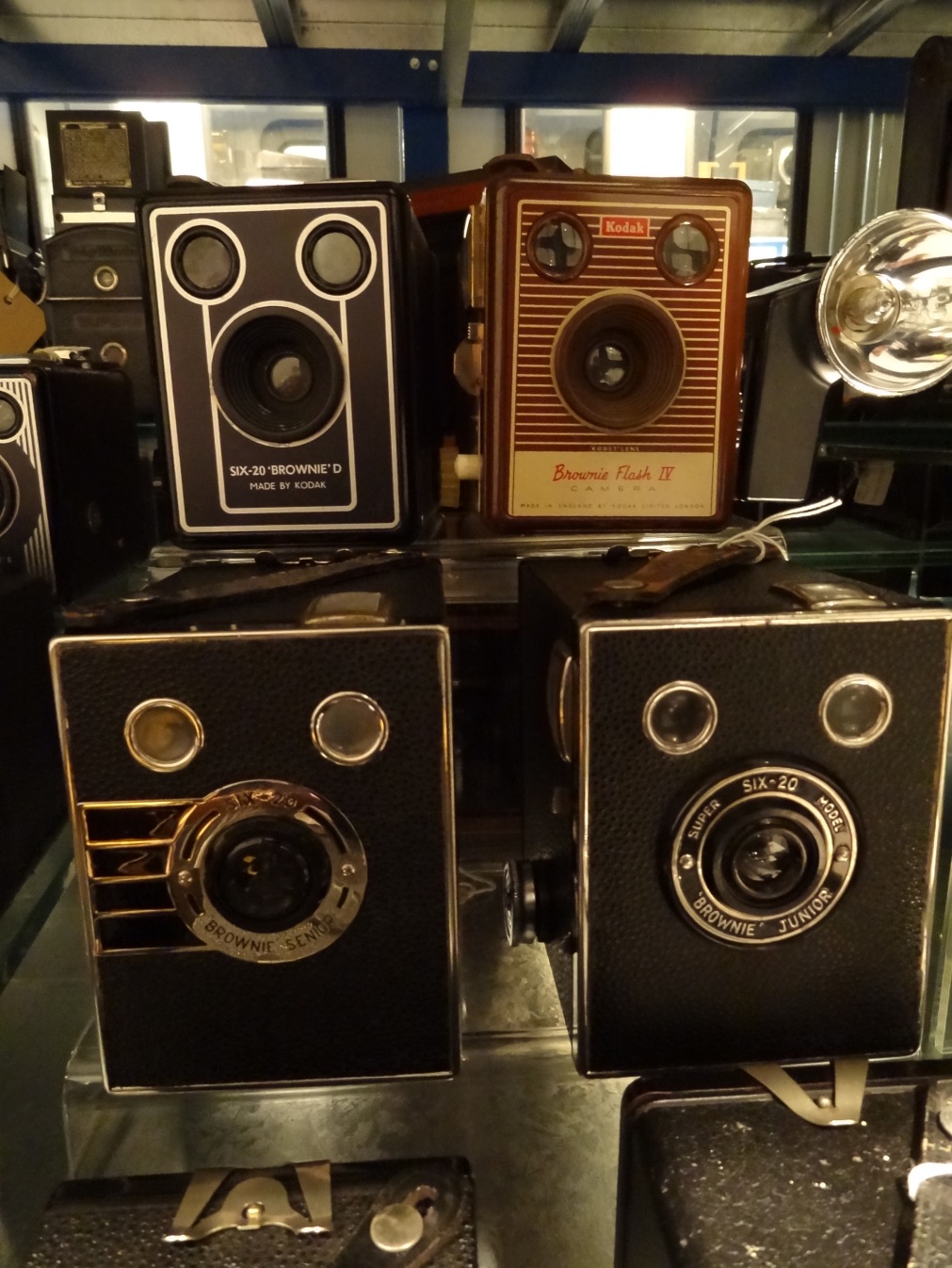
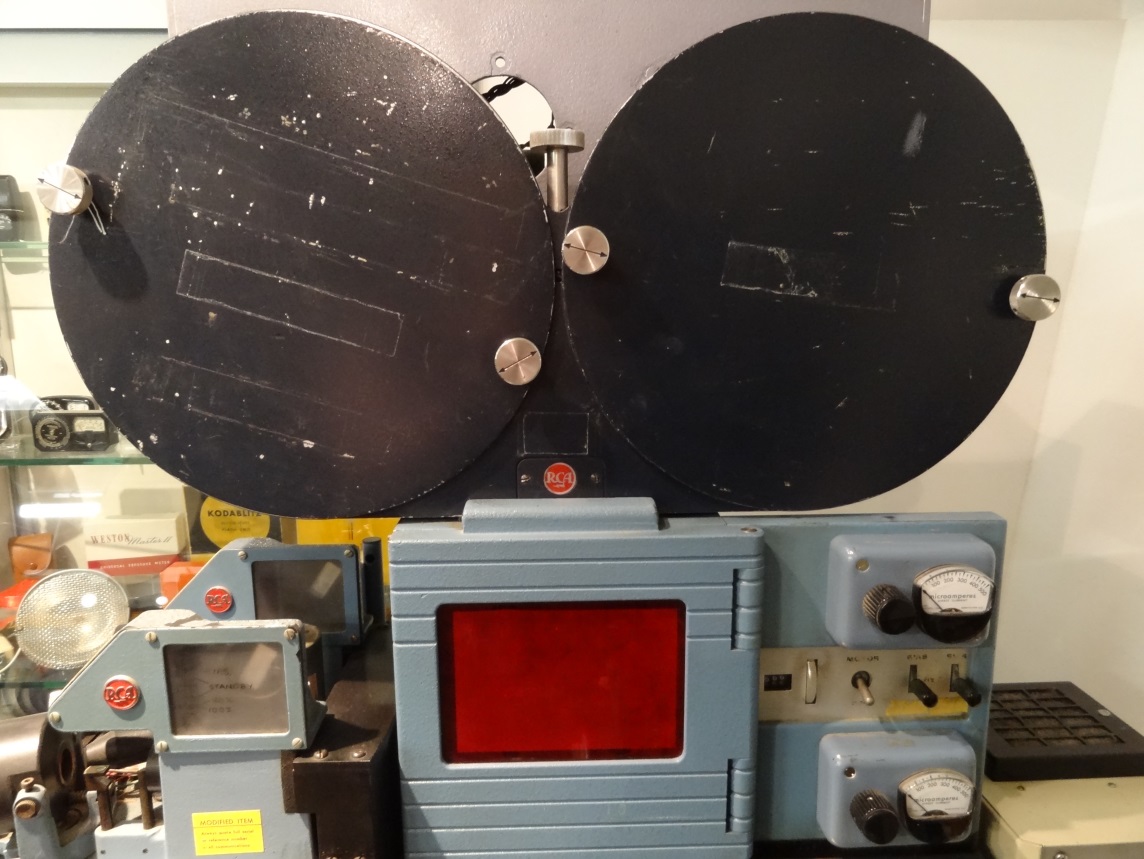
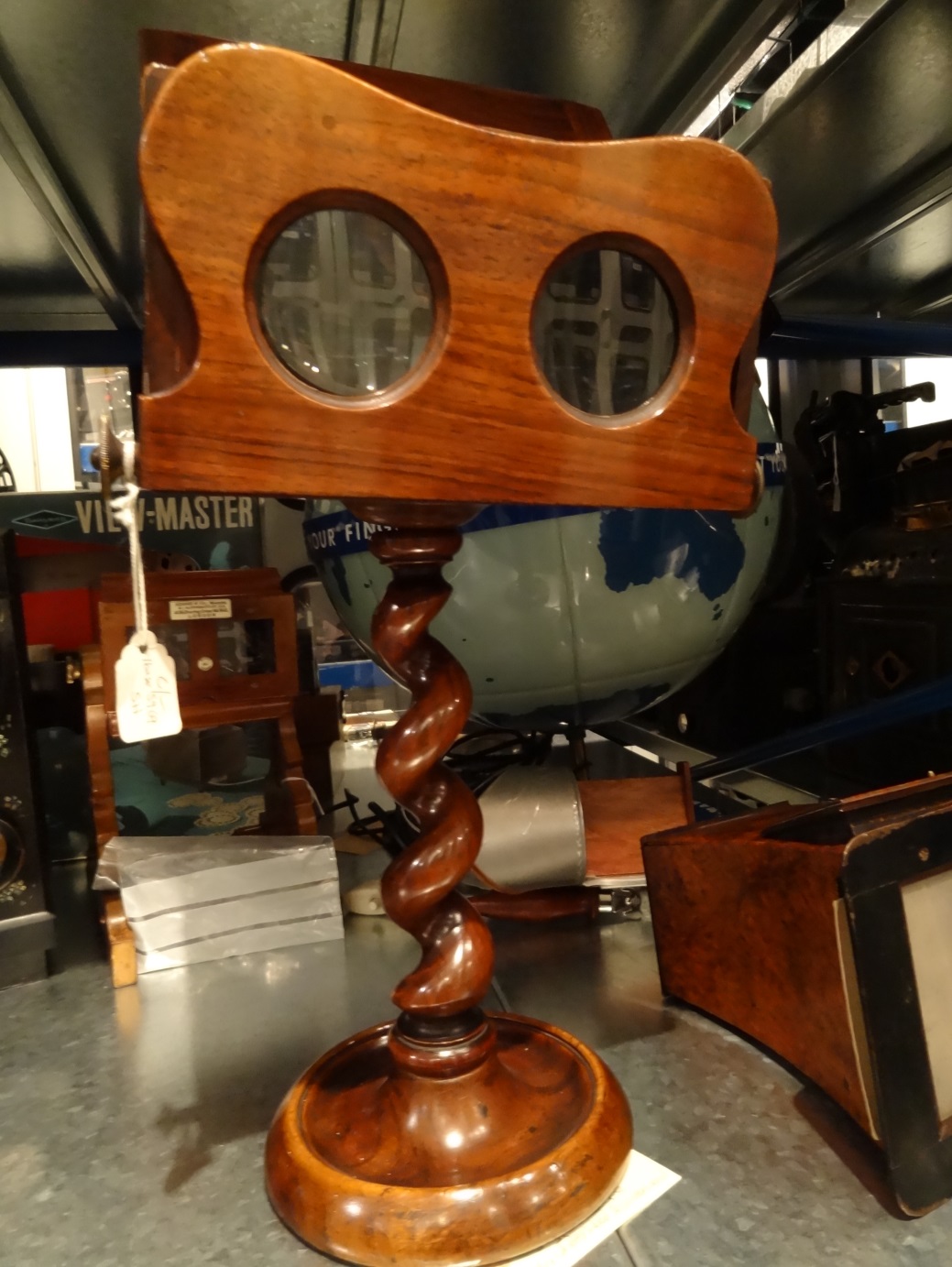

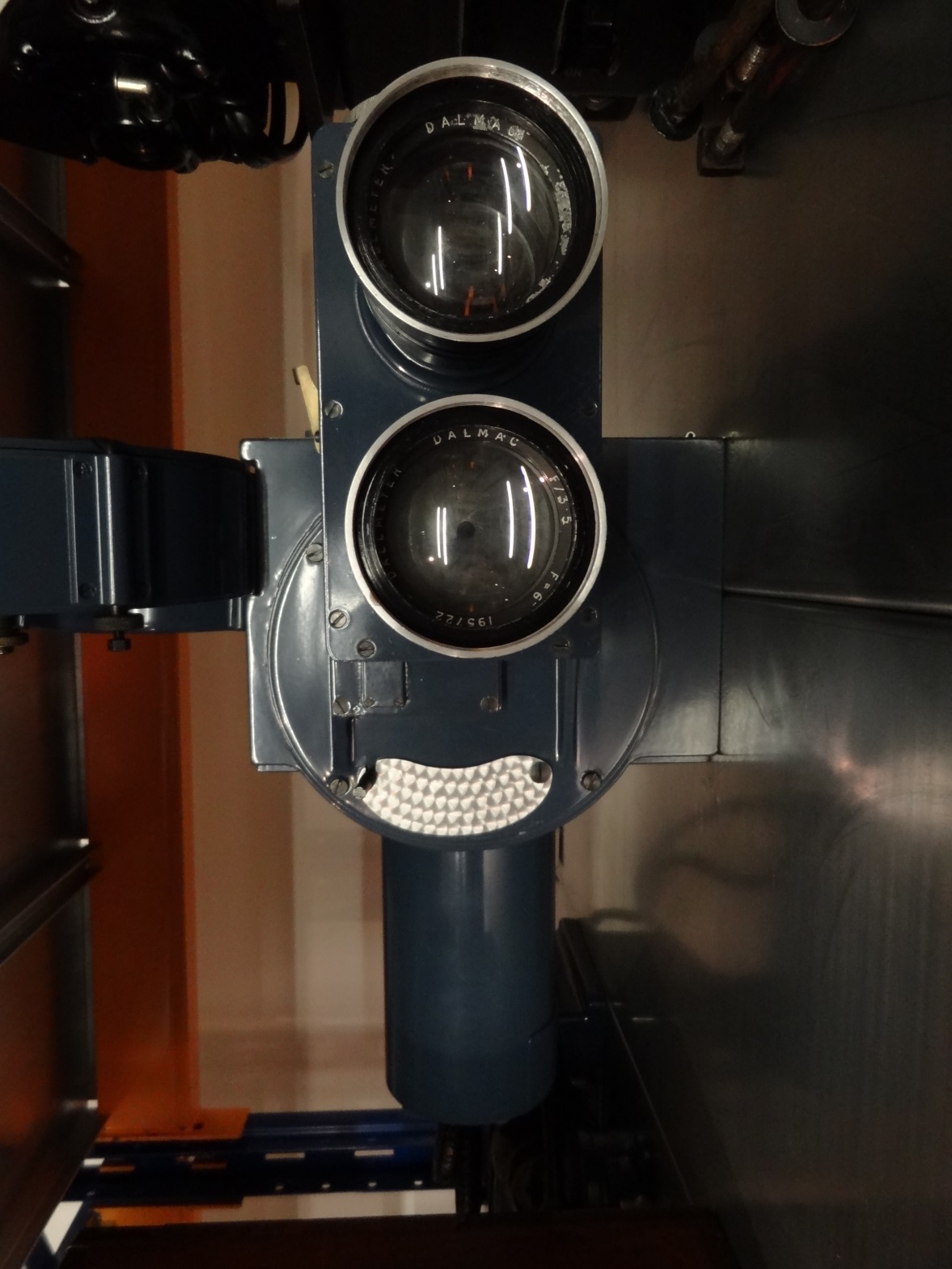
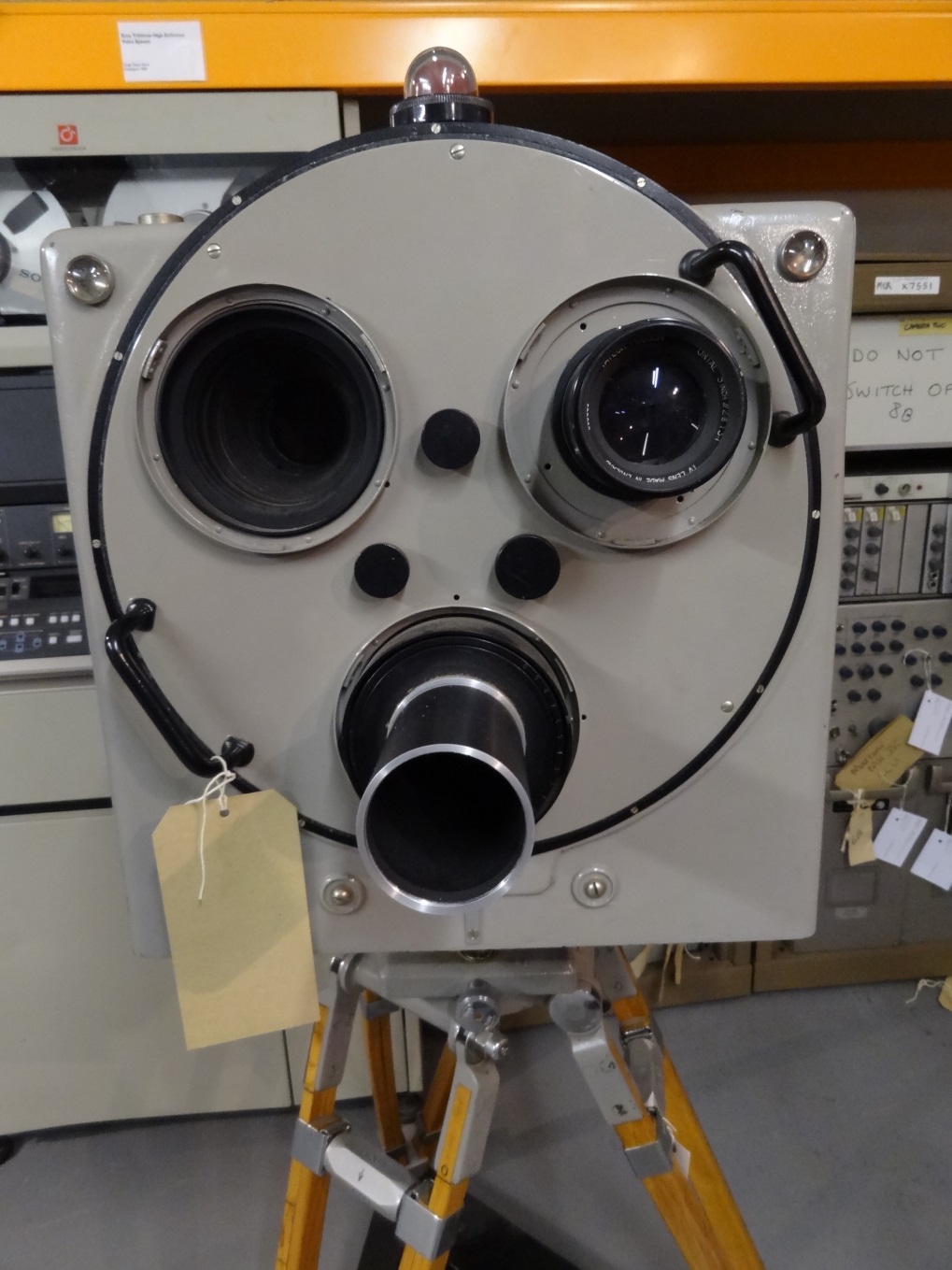
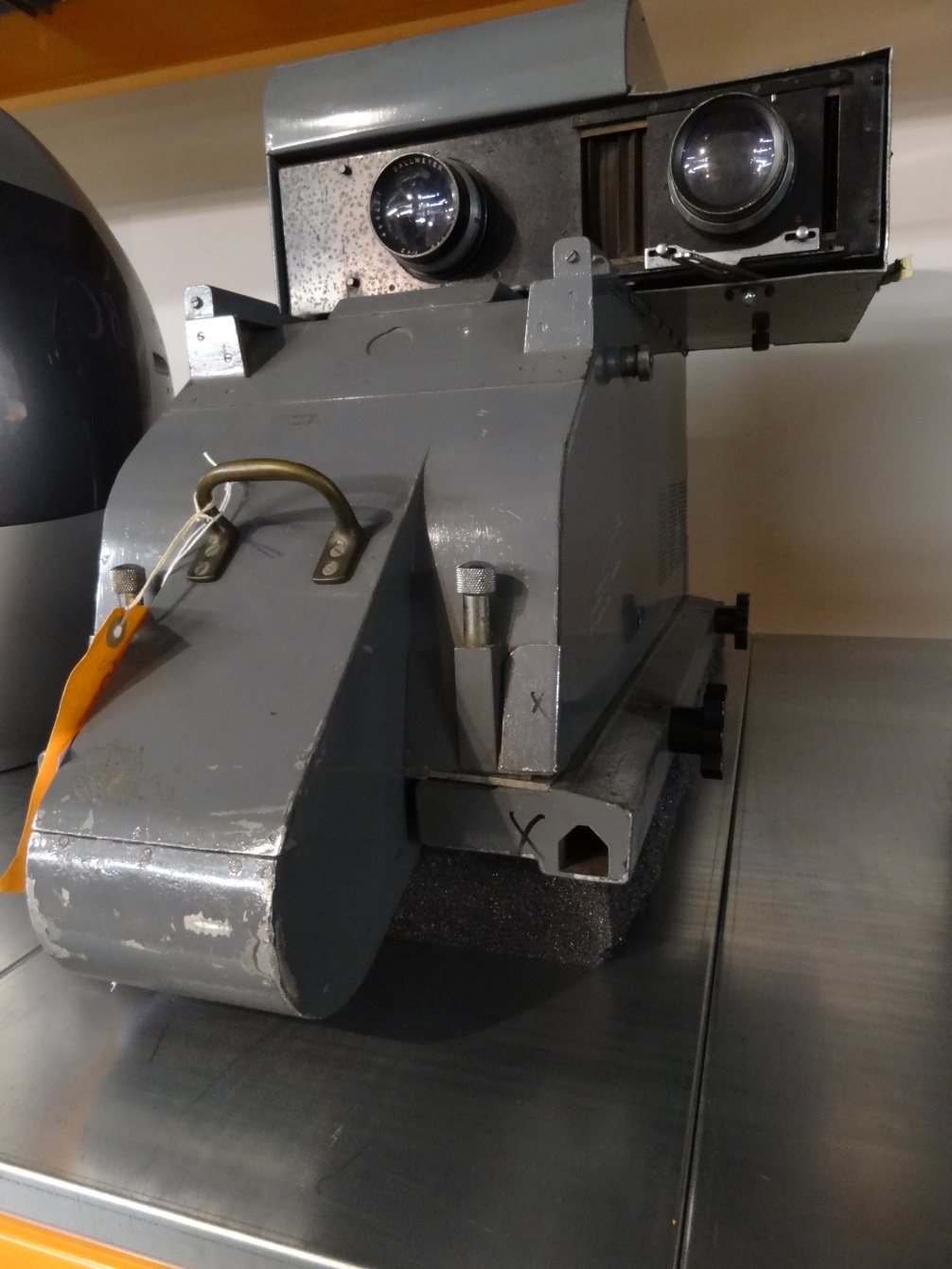

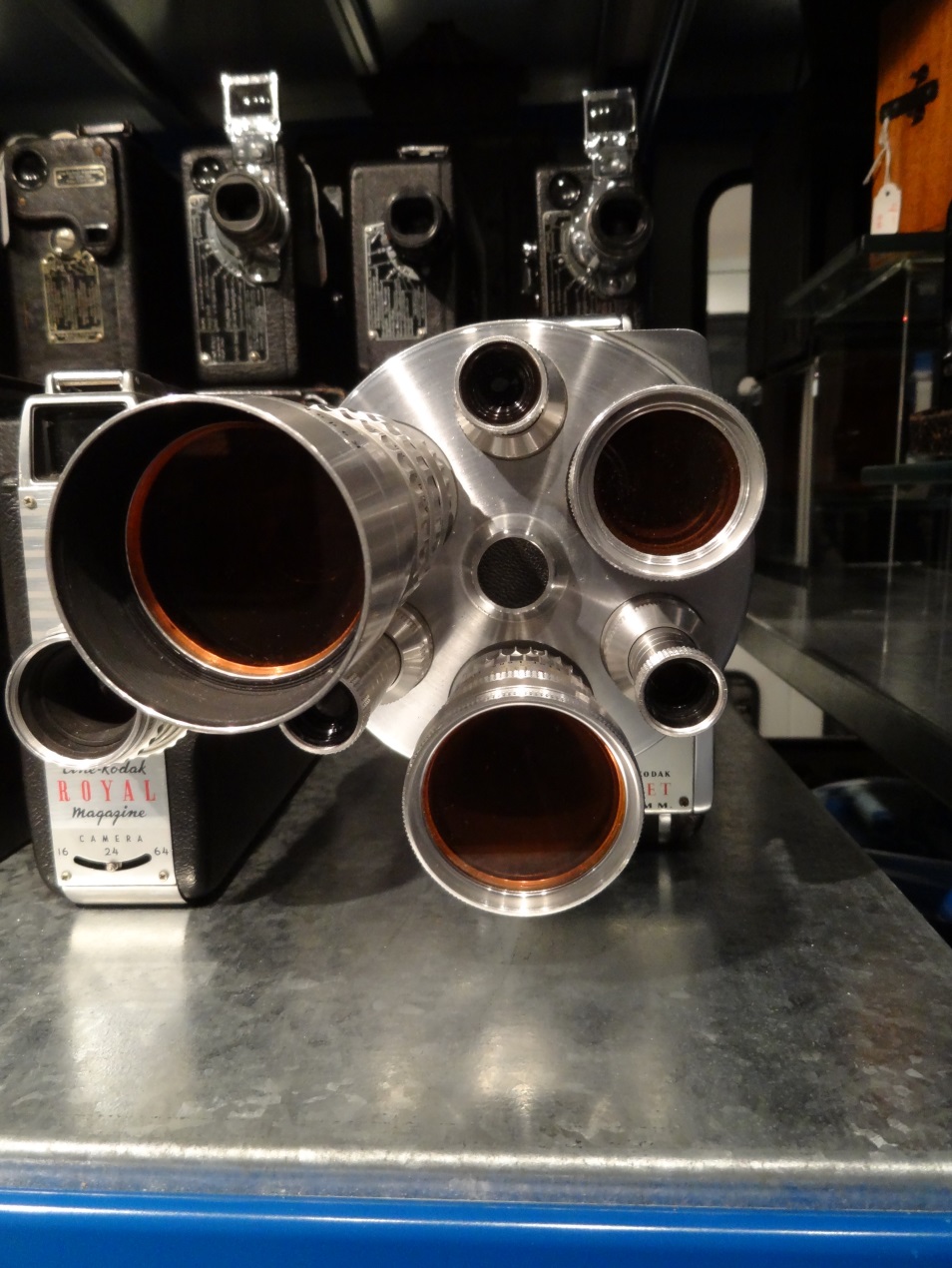
That last image is particularly good because you can cover up parts of it to reveal even more faces.
It’s so fascinating that you can pick out the familiar elements of a human face, even in objects that overall bear very little resemblance to an actual face. I think it’s particularly interesting in the case of cameras because we are so used to them ‘looking’ at us when they take pictures that even in an absence of human-like facial features they still feel like they could be watching. Or maybe that’s just me…
In Your Face can be found in Galleries One and Two, and runs from 23 July until 30 October 2016.
Having travelled from Dover to see the NMM , and being interested in Cinematography and its history, I was disappointed in what was shown. I am aware that Cinematography was derived from Photography and its history, and enjoyed the excellent Photography collection/ Fox Talbot exhibition, but found the Cinematography displays very sparse. Could there not be a collection displayed similar to the MMI that was in London? A comprehensive, chronological historic display, with displays on the nuts and bolts of the production of films, its directors, stars etc etc, the British cinema history et al would be great. People are always interested in how films are made, and for nerds like me, the evolution of the equipment and film would be wonderful. I congratulate you on the collections and exhibitions, which are superb, but if you have the cinemas, why not the history with it? Thanks for your time anyway, and it was a long drive back to Dover!